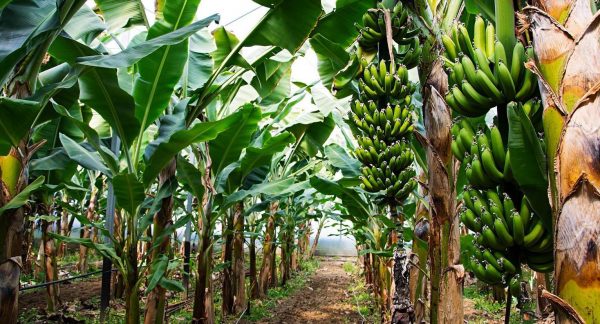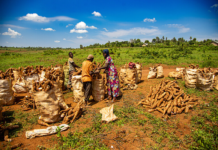All over the world, the frequency and intensity of devastations caused by climate change continue to increase. Countries in the Horn of Africa are particularly vulnerable to these impacts as residents deal with long-term droughts, acute hunger and ravaging floods time and again.
Although these countries have committed to ambitious action plans to cut emissions and mitigate climate-related disasters, there remains a gap in financing for adaptation efforts. Farmers, in particular, need access to funding to improve agricultural resilience in a region buckling under severe food and economic crisis.
The Current State of Farming in the Horn of Africa
The Horn of Africa primarily comprises four countries — Ethiopia, Eritrea, Somalia and Djibouti. Broader definitions often include parts of Kenya, South Sudan and Uganda.
Agriculture plays a key role in the population’s livelihood, yet farming opportunities are limited as 70% of the area consists of unfarmable land. Continuous drought and increasing overexploitation have resulted in arid and semi-arid lands, which are incapable of sustaining healthy crop cultivation.
The prolonged shortage of water and other natural resources also makes it difficult to support large-scale livestock production.
As a result, famine has intensified in the region, plunging residents well below the poverty line and increasing the risks of climate-related health emergencies. According to the World Health Organization, an estimated 47 million people already face acute hunger, while disease outbreaks become more frequent.
In addition to the food crisis, socio-political instabilities have created an unprecedented number of displacements, fueling instances of cross-border conflicts. In January 2024, Eritrean soldiers were accused of abducting eight farmers along with their livestock from neighboring Ethiopia, despite a cease-fire agreement effective 15 months ago.
The Dire Need for Adaptation Funding in the Region
As experts have pointed out, only by adapting to climate change can the Horn of Africa and the rest of the continent reach its potential.
However, the financing for such programs remains critically short of what is needed. In a region where over two billion people depend on smallholder farms for sustenance, less than 2% of adaptation funding is made available to tackle climate change.
The African Development Bank (AfDB) estimates the continent will need around $2.7 trillion in climate financing between 2020 and 2030. This funding spans various developmental projects, including agriculture resilience, especially in the Horn of Africa and other regions impacted by rainfall shortages.
According to AfDB president Akinwumi Adesina, the organization is looking to raise $1.4bn for desalination and wastewater treatment plants, which can go a long way in improving safe water supply for residential and commercial purposes.
To further bridge the financing gap, the AfDB launched the African Adaptation Acceleration Program (AAAP) in collaboration with the Global Center on Adaptation (GCA), aiming to raise $25bn for climate adaptation. These funds will target four priority areas — food security, nature-based solutions, job creation and adaptation financing through green bonds and private financial instruments.
Farmers in the Horn of Africa may also benefit from the $100 billion a year fund pledged by wealthy nations to drive climate action in developing countries. While the amount falls short of these nations’ actual needs, it’s a step in the right direction.
Additional financing from the private sector has been helpful, too. In 2022, the Gates Foundation pledged $1.4 billion to help farmers address climate change.
Supplementing Adaptation Funding With Humanitarian Aid
While adaptation financing efforts are well underway, it might take years to notice their effects. In the meantime, people continue to suffer famine, displacements and other harsh impacts from climate change. For example, food shortage in Madagascar has seen 27% of the population facing life-threatening conditions, with 16.5% of children severely malnourished.
Humanitarian aid can provide respite in the short term. The UN has established four core principles guiding the efforts of these assistance programs — humanity, neutrality, impartiality and independence. Most aid efforts come in the form of in-kind goods or assistance, though individuals can also participate in day-to-day relief activities like donating blood, volunteering and providing supplies to displacement victims.
On a broader scale, global organizations must ramp up their assistance efforts as 60 million Horn of Africa residents desperately need humanitarian aid. The response has been promising so far, with the EU recently announcing a €171 million donation to fund relief programs in the region.
Adaptation Funding for Farmers in the Horn of Africa
Adaptation finance is sorely needed to help farmers in the Horn of Africa cope with the many challenges posed by climate change. Meeting these funding requirements can help address famine, political instabilities and displacements, as well as create more resilient agricultural infrastructures.








